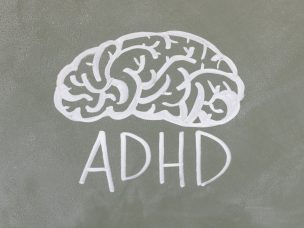Adolescent Medicine
Melatonin Use Common in U.S. Children and Adolescents
Prevalence of melatonin consumption significantly higher for school-aged children, preteens versus preschool children Melatonin use is common in U.S. children and adolescents, according to a research letter published online Nov. 13 in JAMA Pediatrics. Lauren E. Hartstein, Ph.D., from the University of Colorado in Boulder, and colleagues conducted a survey study involving parents of children and...
The Alarming Trend of Blunt Use Among Vulnerable Youth
The rising trend of blunt use in youth, particularly in vulnerable racial minorities and LGBT youth, is a growing concern. The legalization and easy access to cannabis in the United States have resulted in significant negative impacts on youth, according to a recent study published in the International Journal of Environmental Research and Public Health...
The Geographic Distribution of ADHD in the United States
ADHD rates are shown to vary substantially across different geographic regions in the United States. Attention deficit/hyperactivity disorder (ADHD) is common in childhood and tends to be associated with long-term difficulties in family, academic, and social settings. It is important for researchers and clinical practitioners to have a good understanding of ADHD prevalence in their...
Adolescent Sleep Patterns Tied to Later Multiple Sclerosis Risk
Sleeping less than seven hours per night and self-reported low sleep quality during adolescence associated with risk for developing MS Insufficient sleep and low sleep quality during adolescence may increase the risk for subsequently developing multiple sclerosis, according to a study published online Jan. 23 in the Journal of Neurology, Neurosurgery & Psychiatry. Torbjörn Åkerstedt,...
More Medical News









